Access no-cost counselling sessions!
We are excited to announce a collaboration between Anxiety Canada and TELUS Health MyCare™ that provides comprehensive and accessible mental health support to individuals across Canada.
Get Help NowThinking Traps
Identifying your thinking traps is a great first step to start managing anxiety.
Some people have lots of anxious thoughts about the future. Some focus more on what other people are thinking. Some fear danger and hyperfocus on staying safe. Others seem to always imagine the worst possible scenario!
Whatever thinking traps you tend to fall into, the first important step is to recognize your personal traps.
Common Thinking Traps
| All or Nothing Thinking (or Black and White Thinking) | What’s Going On
Thinking only of possible outcomes at either extreme (really good or really bad) and not seeing all the possible outcomes in-between (or the “grey”). Most of life is somewhere in the middle. |
Examples
|
| Catastrophizing | What’s Going On
Imagining the worst-case scenario, no matter how unlikely. |
Examples
|
| Overestimating
|
What’s Going On
Exaggerating the likelihood that something bad will happen. |
Examples
|
| Fortune Telling | What’s Going On
Believing you can predict the future. But you can’t because you don’t have a crystal ball. |
Examples
|
| Overgeneralizing | What’s Going On
Making sweeping judgments about ourselves (or others) based on 1-2 experiences. These thoughts typically contain the words “always” and “never.” |
Examples
|
| Mind Reading | What’s Going On
Believing you know what others are thinking (and assuming it’s negative), without any real evidence. The problem: you can’t read minds, so stop trying. |
Examples
|
| Negative Brain Filter | What’s Going On
Focusing only on the negative without seeing any of the positive or what is going well. |
Examples
|
See the print-out below for examples you can reflect on to learn about your own thinking traps.
